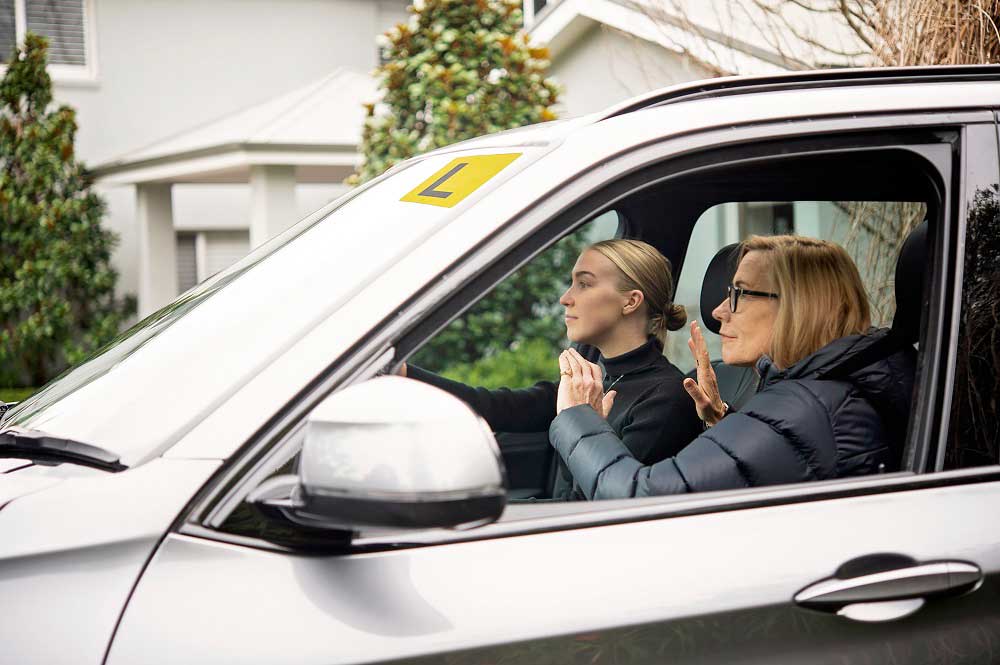How to nail perfect reverse parallel parks

Queensland learner drivers are being urged to use the temporary suspension of practical driving tests to brush up on their reverse parallel parking techniques.
Reverse parallel parking is one of the many manoeuvres required as part of a practical driving test, with learners being required to do at least two of the following manoeuvres to pass their test:
- Reverse parallel park
- U-turn
- Hill start
- Reversing exercise
- Turn around
- Automatic gear change
RACQ Principal Technical Researcher Russell Manning said reverse parallel parking was a driving manoeuvre all Queensland motorists should know.
"Reverse parallel parking is an essential manoeuvre, but even some experienced drivers seem to have difficulty with it," Mr Manning said.
"The fact some cars have automatic reverse parking functions that will guide you into a tight parking spot at the flick of a switch speaks volumes about the difficulty some have with this manoeuvre.
"Unfortunately, you can’t rely on the technology to get you through a driving test, so you have to know how to do it for yourself."
Mr Manning said practice was vital when trying to execute the perfect reverse parallel park.
"Practice makes perfect. Learners should practice their driving manoeuvres frequently, not only so they’re ready for anything the driving examiner throws at them during the test, but also so they’re well equipped to drive on their own as p-platers," Mr Manning said.
"If you don’t get it on your first few attempts, that’s OK, just restart the steps from the beginning and continue to do so until it becomes second nature."
RACQ’s four steps to nail the perfect reverse parallel park:
- Use the car in front of the space you want to park in as a starting point, pull up about half a metre to one metre away from the car, lining up the other vehicle’s front wheel with your left side mirror.
- Select reverse gear, check your right-side mirror and blind spots for approaching vehicles and pedestrians, then look over your left shoulder to begin the manoeuvre.
- Slowly reverse straight back until the rear of the car beside you appears in the centre of your left-hand rear window. Then keeping your speed low quickly turn the steering wheel to full lock, so the rear end of your car heads towards the curb.
- When your left-hand side mirror is in line with the rear bumper bar of the other vehicle and car is at about a 45-degree angle to the curb, begin turning the steering wheel to the right. Continue reversing judging the clearance to the car in front of you until you are parallel and within 45 centimetres of the curb. Your car should be at least 1-2m from the vehicles in front and behind.
Related topics
Things to note
The information in this article has been prepared for general information purposes only and is not intended as legal advice or specific advice to any particular person. Any advice contained in the document is general advice, not intended as legal advice or professional advice and does not take into account any person’s particular circumstances. Before acting on anything based on this advice you should consider its appropriateness to you, having regard to your objectives and needs.



